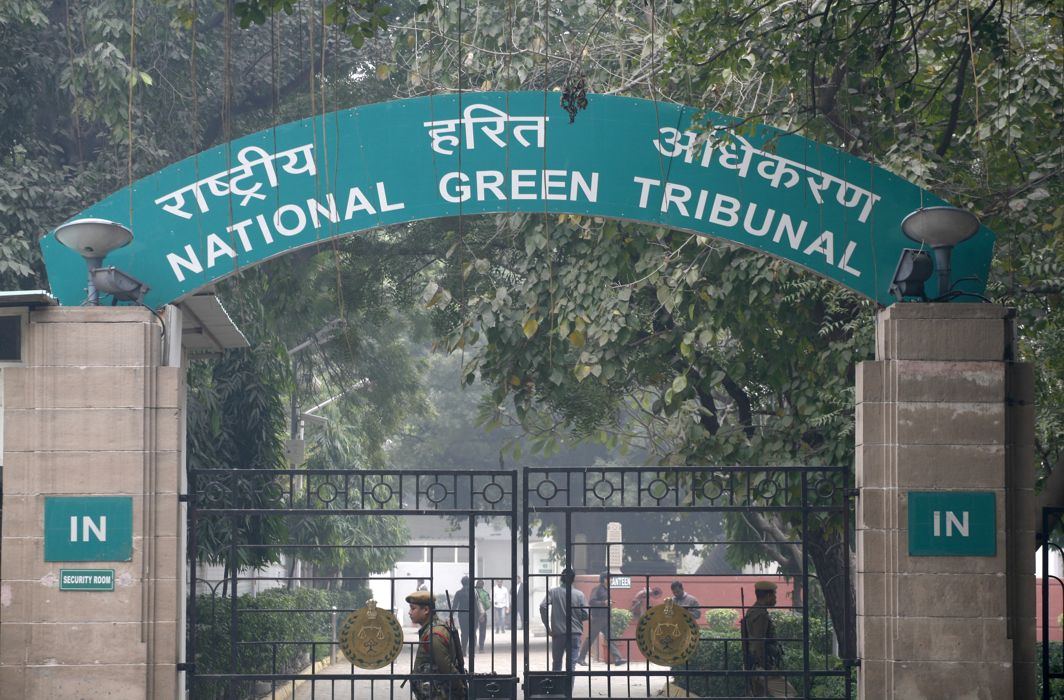Delhi-National Capital Region (NCR) in the Diwali-celebration, completely ignored the National Green Tribunal (NGT)’s ban on the sale and use of all kinds of firecrackers in the region. The people also ignored the health warnings provided by doctors given the fact that there is a high risk of pollution exacerbating the Covid-19 situation. This activity along with the stubble burning had an immediate impact on the air quality index. The AQI dipped to “severe” across the region on Diwali night. Next morning as the weather improved, wind dispersed the pollutants rapidly. Due to the crackers’ use on Diwali, Delhi this year, recorded the worst air quality in four years.
The air quality over the city had turned “severe” on Diwali evening with stubble burning accounting for 32 per cent of Delhi’s PM2.5 pollution, but firecrackers’ emissions and calm winds made the situation even worse.
The levels of PM2.5, particulate size of which is about three per cent the diameter of a human hair and can lead to premature deaths from heart and lung diseases, were at 396 microgram per cubic meter (ug/m3) in Delhi-NCR at 6 am in the next morning, above the emergency threshold of 300 ug/m3.
PM2.5 levels stood at 329 ug/m3 at 7 pm on Sunday. The safe limit is 60 ug/m3.
In the same period, PM10 level stood at 543 ug/m3 at 6 am, above the emergency threshold of 500 ug/m3, before it started decreasing due to wind dispersion. It was at 441 ug/m3 at 7 pm(Sunday), according to Central Pollution Control Board (CPCB) data. PM10 levels below the mark of 100 ug/m3 are considered safe in India.
According to the Graded Response Action Plan (GRAP), the air quality is considered in the “severe plus” or “emergency” category if PM2.5 and PM10 levels persist above 300 ug/m3 and 500 ug/m3 for more than 48 hours.
As per data of Delhi Pollution Control Committee, hourly PM10 concentrations on Diwali night, soared to 1,636 ug/m3 by 1 am at Punjabi Bagh and to 1,937 ug/m3 by midnight at Jahangirpuri.
A large number of people burst crackers across the national capital and its suburbs on Saturday night, flouting the ban imposed by the National Green Tribunal. The city recorded an overall AQI of 414 on Saturday. It had soared to 454 by 10 pm implying a worsened air quality. On Sunday, the 24-hour average AQI stood at 435 at 4 pm, which was the worst on the day after Diwali in the last four years.
This year, November 9, NGT had banned the sale or use of all kinds of firecrackers in NCR from November 9 to 30, saying “celebration by crackers is for happiness and not to celebrate deaths and diseases”. This show of open defiance on Diwali by citizens points towards two challenges. One, the governments of Delhi, Uttar Pradesh and Haryana either do not have the desire or the wherewithal (or both) to implement such a ban, and tackle overall pollution. And, second, the repeated warnings on the ill-effects of pollution on health, have still not had the desired impact on citizens’ collective consciousness.
This same irresponsible streak was also visible in the crowds during the marketing season, in the run-up to the festival, which is contributing to Delhi’s third wave of the pandemic. If both governments and citizens are so lackadaisical and careless about air pollution and its ill-effects, even in the midst of a raging climate crisis and a pandemic, then the Delhi-NCR region will struggle to get the clean, blue skies, good air, and the quality of life that it aspires to.





